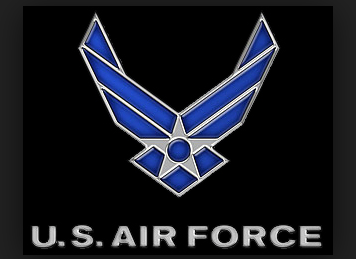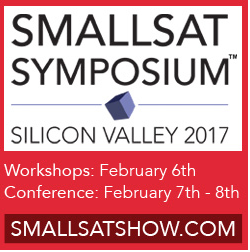
The following is from Space News by Debra Werner. The comments after the article indicate everything from being a good idea, long past due, to making us more susceptible to spies.
SAN FRANCISCO — Representatives of the US Air Force and international allies plan to meet in Norway next month to iron out the details of an effort to bolster cooperative research, development, testing and evaluation of space technologies critical to joint military operations.
“Sharing knowledge and sharing communications, those are the top two things we need to fight together,” said Roberta Ewart, Air Force Space and Missile Systems Center (SMC) chief scientist. “We need to get together and test, generally on orbit, what we will be doing in space.”
In the past, some joint military research and development campaigns were stymied by the services’ need to obtain US State Department approval to share information with allies and international partners. Through the new initiative, the Air Force would seek State Department approval for a unique type of Memorandum of Understanding that lays out a program’s objectives. Once that memorandum is approved, the Air Force would not need to ask the State Department to endorse additional technical projects.
Instead, the Air Force or foreign military agency proposing technical projects would provide its international partners with a technical project agreement and the underlying technical assessment of how the work would benefit the allies, Ewart said during an American Institute of Aeronautics and Astronautics Space conference in Long Beach, California, in September
Two cooperative research programs already have been proposed. Through one SMC initiative called Rapid Space Capabilities, as many as 10 nations, including the United States, Great Britain, Germany, Italy, Norway, the Netherlands, would conduct research, development, testing and evaluation of advanced combat support technologies that could be fielded quickly, including laser communications.
In another, the Air Force Research Laboratory (AFRL) would lead a campaign known as Microsatellite Military Utility to determine how miniature satellites could enable allies to work together better, according to AFRL’s Space Vehicles Directorate officials. “Can small satellites do a mission-relevant job?” Ewart asked.
A country like Norway, for example, may be interested in identifying ships that have turned off transponders. Because that type of mission requires very low data rates, it may be an appropriate job for a microsatellites, which the Air Force defines as weighing less than 100 kilograms.
For each new cooperative research, development, testing and evaluation program, participating nations will draft a Technical Program Agreement describing what they want to gain and what the can contribute. Those contributions can include hardware, software, funding or in-kind contributions like satellite tracking stations.
http://spacenews.com/u-s-air-force-allies-eye-joint-testing-of-new-space-capabilities/


